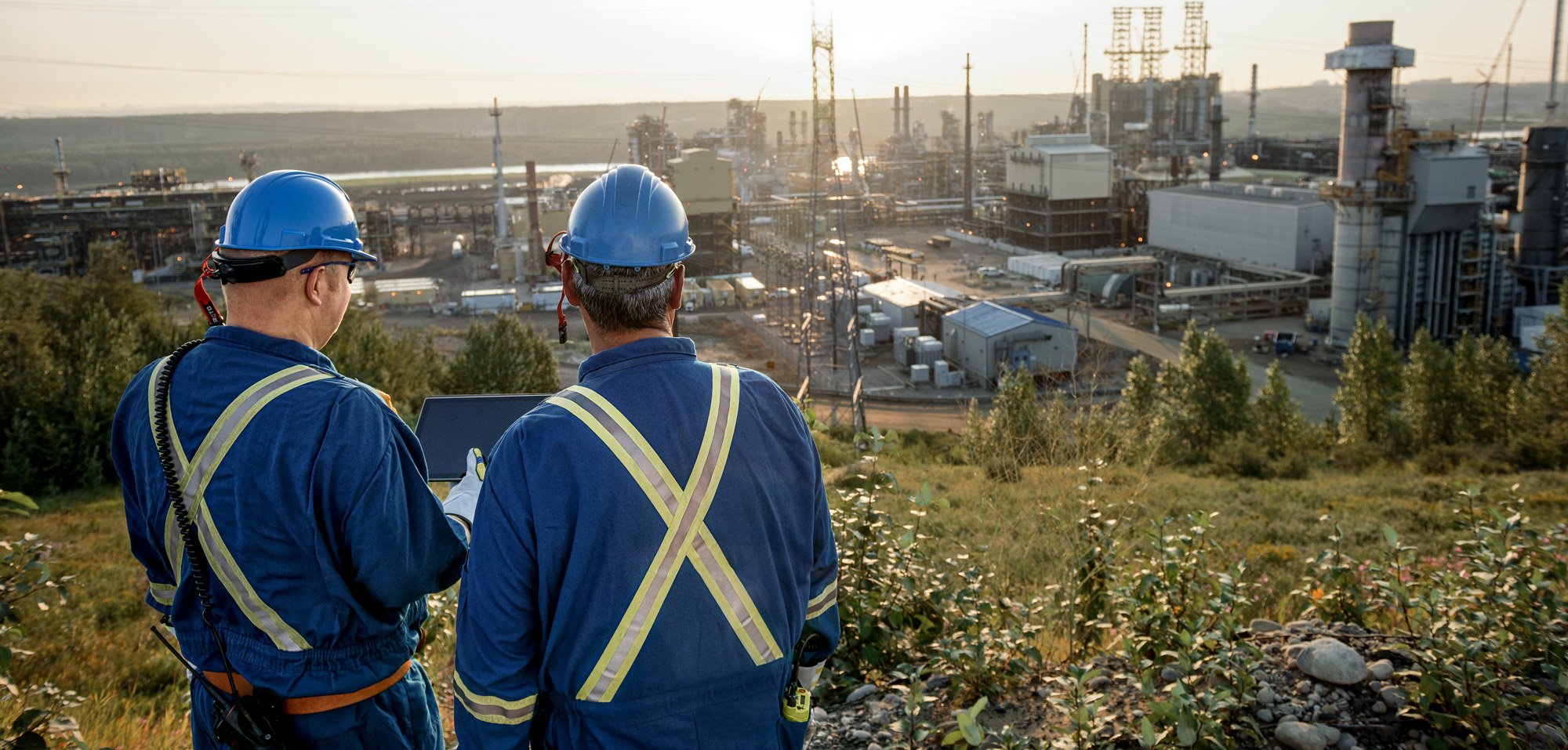
Who We Are
A Synergistic Organization
About us
The Alberta Council of Turnaround Industry Maintenance Stakeholders (ACTIMS) comprises of oilsands owners, heavy industrial maintenance contractors, and labour providers. ACTIMS goal is to ensure that the owner stakeholder’s maintenance, turnarounds and ongoing maintenance projects are fully staffed with skilled, qualified, experienced, professional tradespeople.
Our tripartite Board of Directors is comprised of an equal number of senior representatives from stakeholder owners, contractors, and labour provider groups.

KeY Values
OUR HISTORY
In early to mid-2000, Alberta was experiencing a boom of new construction activity in the oilsands. To find a solution and address trade shortages, oilsands owners (Shell, Suncor and Syncrude) established ACTIMS.
STAKEHOLDERS
We oversee and manage programs that stakeholders identify. Establishing committees comprised of the stakeholders to investigate and find the best solutions for the stakeholders’ needs.
SAFETY
The safety and well-being of all employees is a core value for all Stakeholders. Every site has daily safety meetings with all employees to discuss issues, concerns and sharing of information.
Owner Stakeholders
-
-
International Brotherhood of Boilermakers, Iron Ship Builders, Blacksmiths, Forgers and Helpers
International Union of Bricklayers and Allied Craftworkers
United Brotherhood of Carpenters and Joiners of America
Operative Plasterers and Cement Masons International Association
International Brotherhood of Electrical Workers
International Association of Heat and Frost Insulators and Allied Workers
International Association of Bridge, Structural, Ornamental & Reinforcing Ironworkers
Labourers International Union of North America
International Union of Operating Engineers
International Union of Painters and Allied Trades
United Brotherhood of Carpenters Millwrights
Sheet Metal Workers International Association
International Brotherhood of Teamsters
General Presidents’ Maintenance Committee and National Maintenance Council for Canada
Board of Directors
Mark Kenney (Chair)
Suncor Energy
Scott Lang
Shell Canada
Mark Robinson
Syncrude Canada
Steve Wilson
BrandSafway
Mitch Soetaert
Melloy
Glenn Tardiff
Edmonton Exchanger
Brett McKenzie
GPMC/NMC
Rod McKay
United Association
Derrick Schulte
Carpenters
alternates
Jeremie Plamondon
Shell Canada
Dan Dutkiwich
APTIM
Bonnie Smith
NCSG
Stephen Cathrea
CAM Industiral
Chris Flett (Treas.)
Operating Engineers
Mack Walker
Boilermakers
RecruitmenT Manager
Pedro Centeno
ACTIMS






